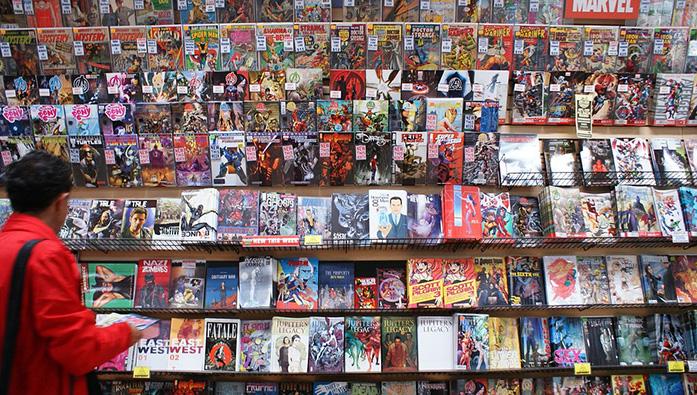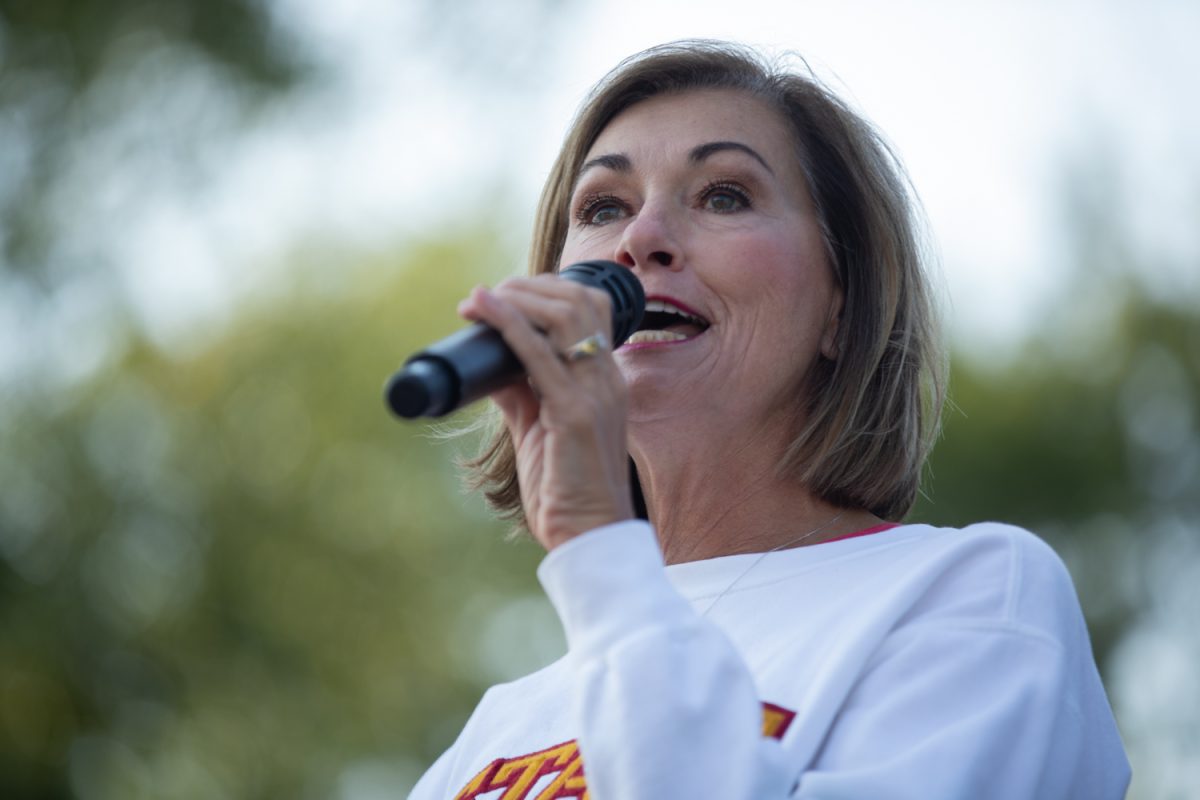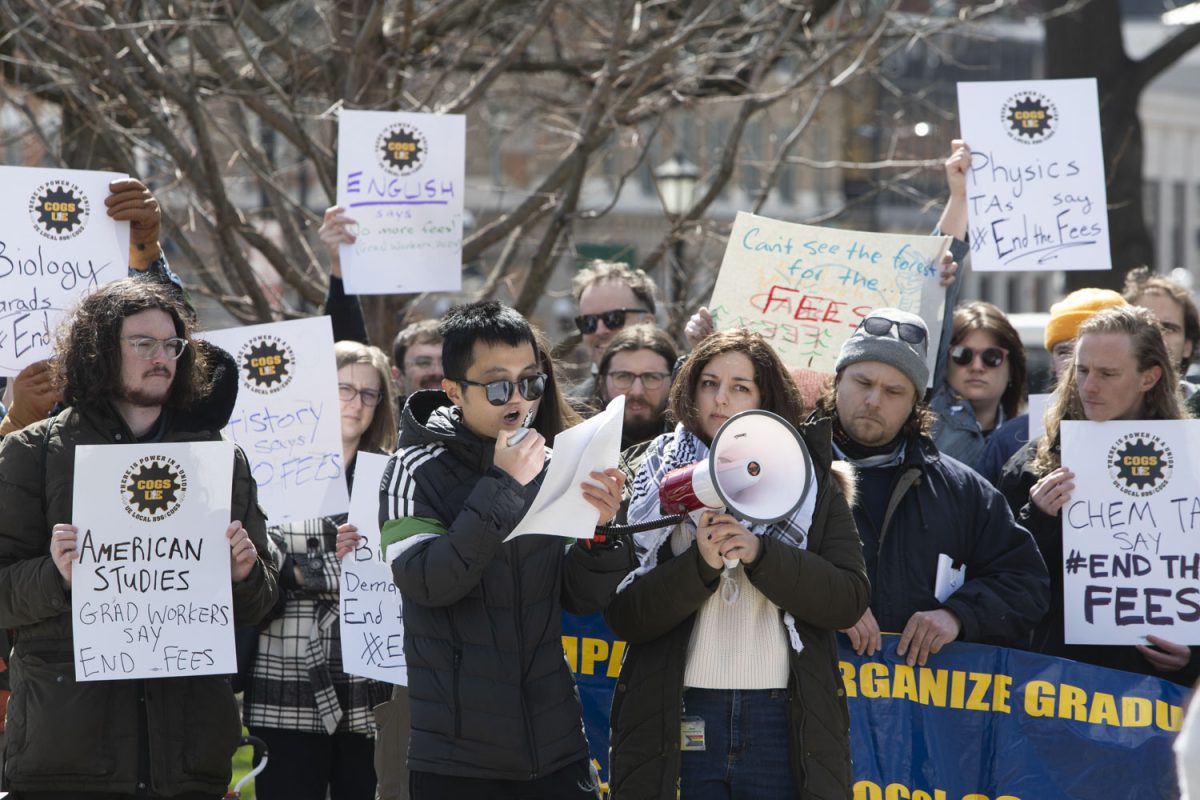In response to a drop in sales, Marvel, one of the largest comic enterprises, recently announced it will return to its original “legacy heroes,” most of which are white males. Recently, Marvel started a new launch of comic books label All New All Different Marvel, which introduced more diversity in comic books. Comics have never shied away from controversial topics, but historically, they haven’t been too diverse, either. Marvel seems to feel that fans do not want diversity in their stories. But diversity isn’t killing comics, weak story lines are.
It’s undeniable the majority of comic superheroes are white males, and yet it’s 2017. Times have changed; surely comics can, too. Of course, diversity can’t be introduced to comics for the sake of diversity; the characters need strong, compelling story lines to make them believable.
When Spider-Man became a mixed African American Latino male named Miles Morales in 2011, the comic-book world erupted. Many individuals were upset the original Spider-Man, Peter Parker, had been replaced. Others were excited for Marvel doing something new and different with its characters.
But neither side can deny Miles Morales brought a new interesting take on Spidey, and that’s what readers wanted. Heroes became more relatable when they didn’t all look the same.
For example, Batman and the original Superman are technically identical. Sure there are some minor differences, and every artist draws the two superheroes differently, but deep down in their core, both men have blue eyes and black hair, and they are muscular white men.
The change started off subtlety in comics. Carol Danvers, commonly known as Ms. Marvel, was promoted to Captain Marvel. Duke Thomas, a black man, began leading the charge in the We Are Robin comic book.
Simon Baz, a black Muslim man, and Jessica Cruz, a woman dealing with anxiety, both became Green Lanterns.
All these changes were nice and added unique new perspectives to explore in comic books. It allowed comic books to tackle social issues that were currently going on in the world. But then it got a little out of control, with the introduction of diverse characters for diversity’s sake.
In All New All Different Marvel, Captain America is black and the Hulk is an Asian American teenager. Thor, Wolverine, and Ironman were all now replaced by women. A Pakistani-American girl took up the mantle of Ms. Marvel, and Iceman was revealed to be gay.
“Of course, you’ll always have the people who will say, ‘That’s not my Captain America,’ ” said Jake Nelson, who works at Daydream Comics in Iowa City. “But if you don’t like it, you don’t have to read it.” I couldn’t agree more.
But many comic readers say it’s not diversity that is killing Marvel; rather, the new characters just don’t have interesting story lines. Diversity is the only thing some of these characters have going for them, with nothing else unique about them.
Thankfully, Marvel doesn’t plan to completely get rid of its new diverse characters, instead, it is just bringing its original heroes back. For example, it is now doing that with Spider-Man comics, in which they include both Miles Morales and Peter Parker.
“You get your old heroes, and then you get your new ones. It’s like like having your cake and eating it, too,” said Nelson, to which coworker Nathan Parriott said, “Yeah, it’s a little weird, but comics are weird.”









